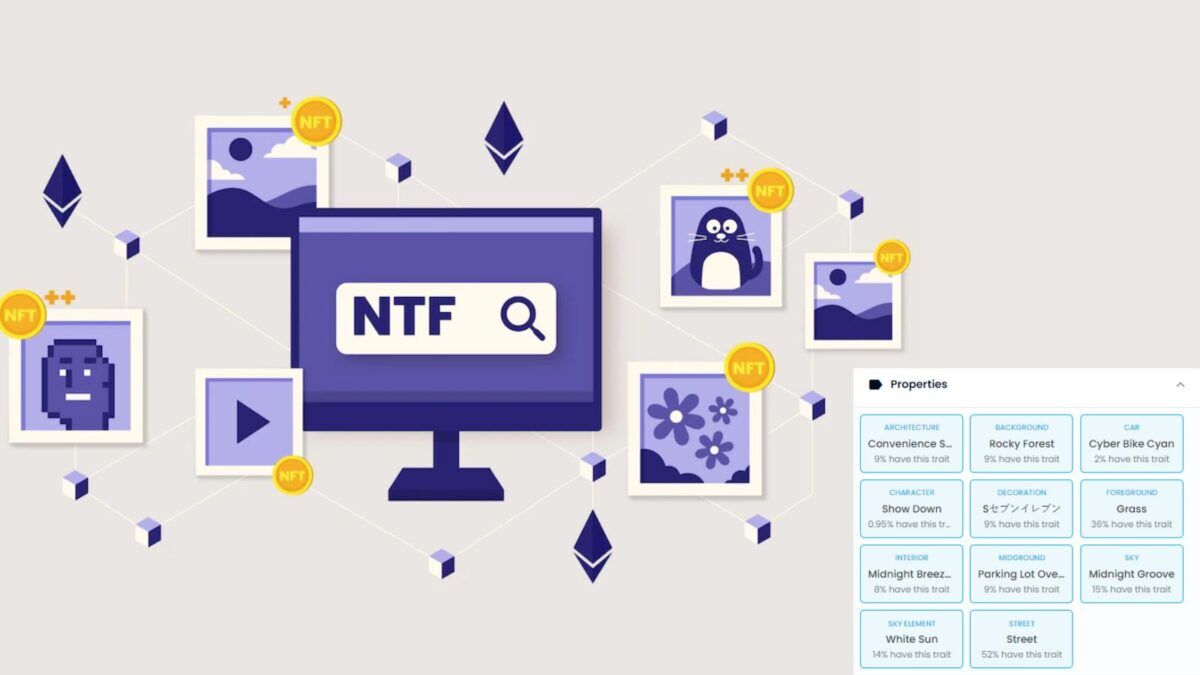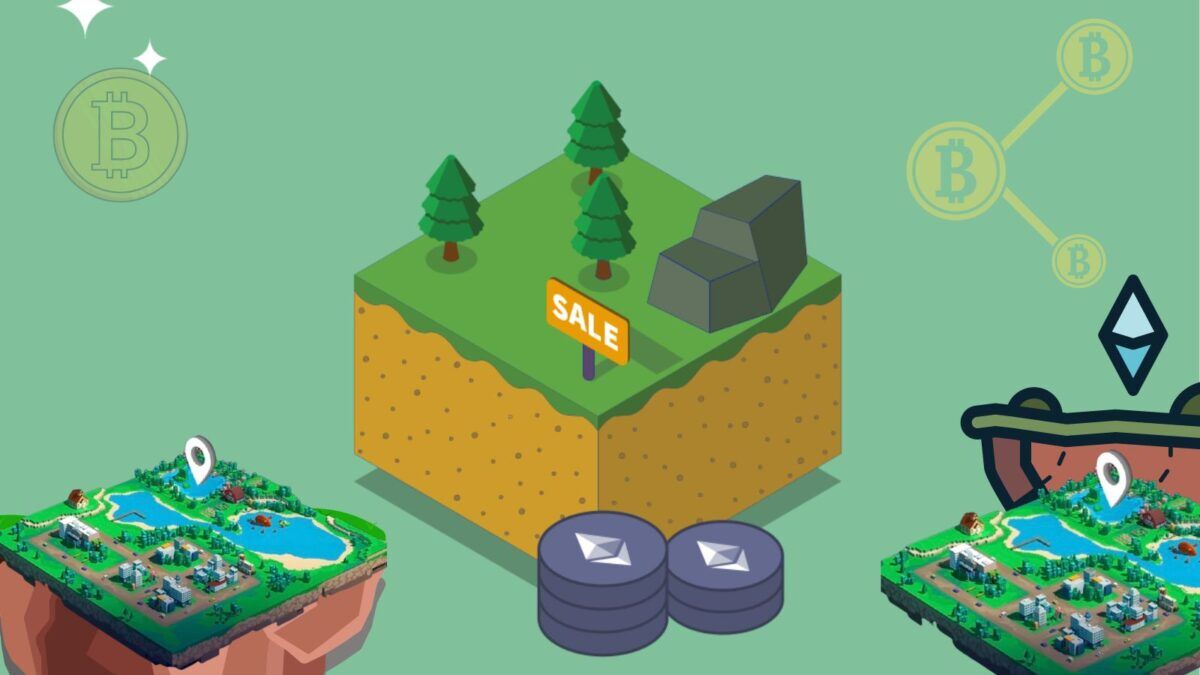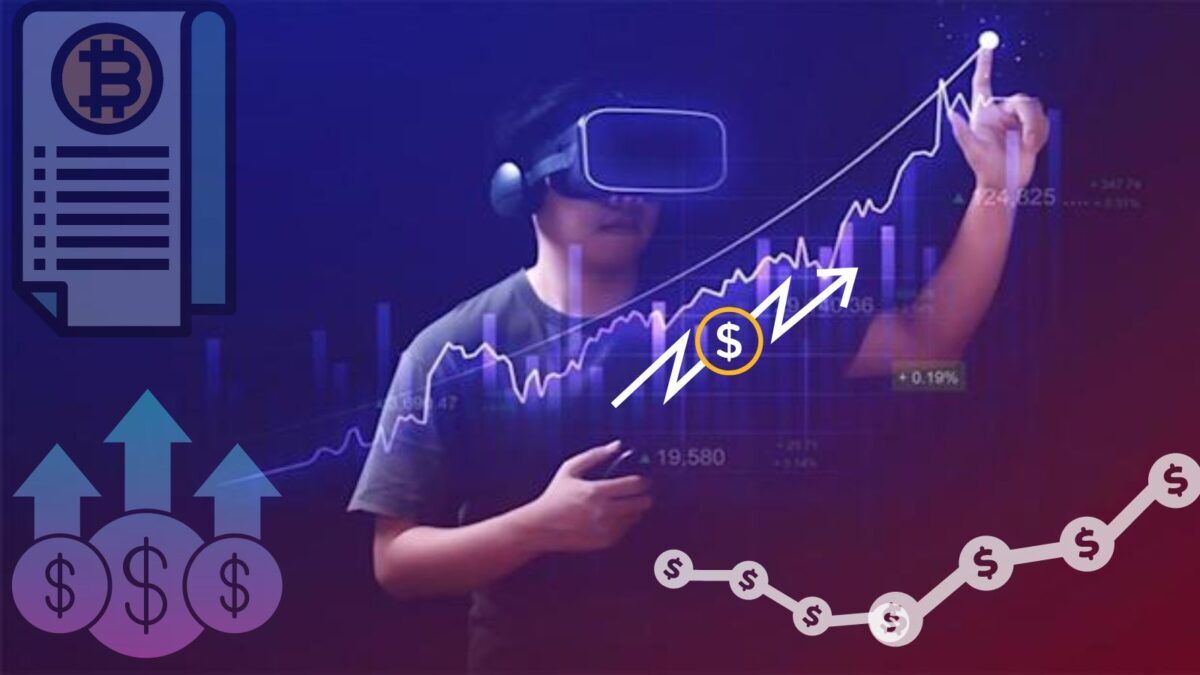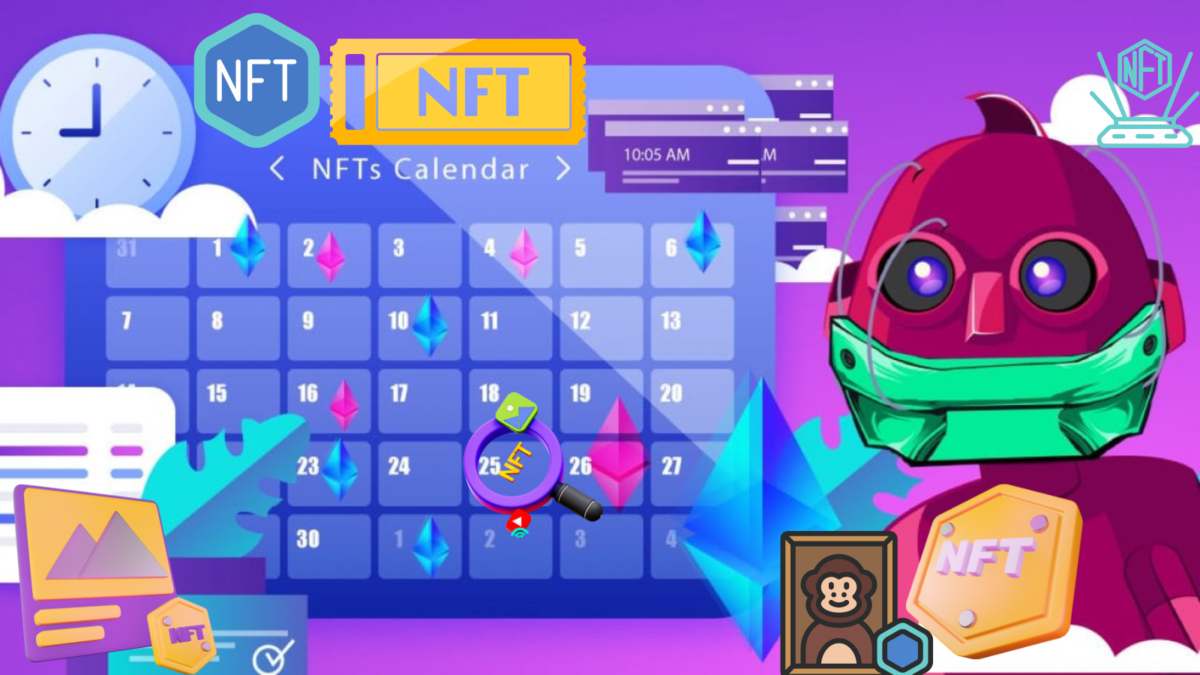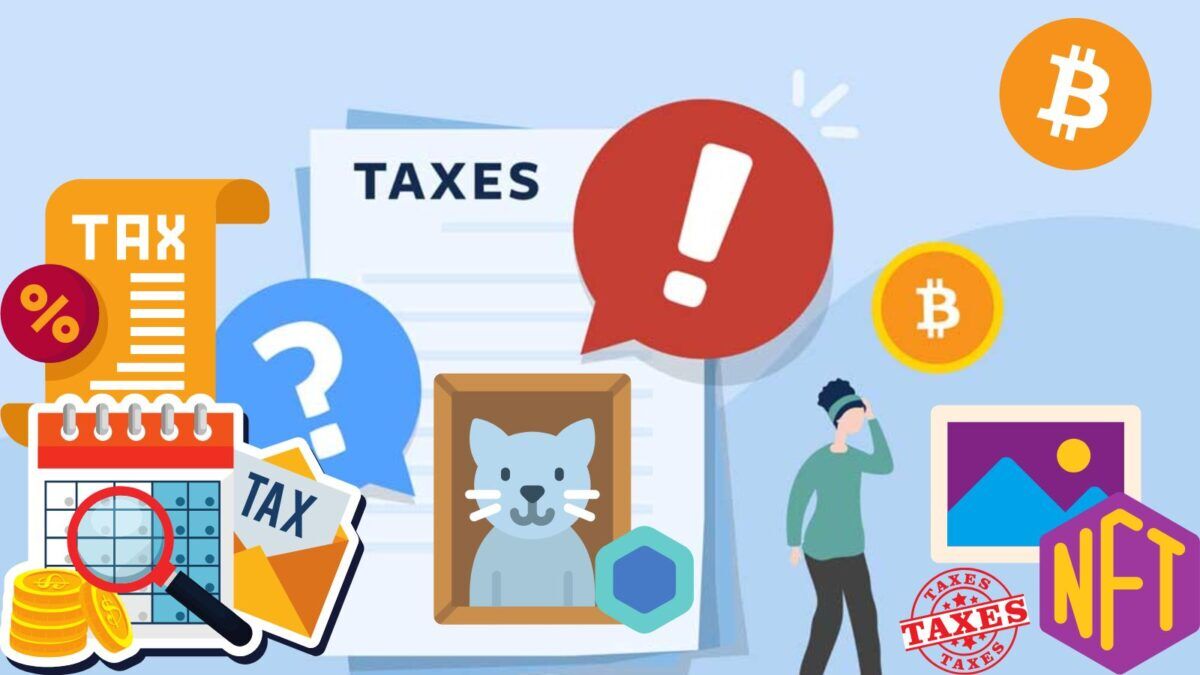The NFT market is becoming more and more saturated with every passing month. This means that upcoming NFT projects need to step up their game when it comes to providing utilities and features.
Many people enjoy the creative and artistic value of NFTs. They are no different from a famous artist’s painting, song, or book, of which only one version exists.
On the other hand, some NFT traders avoid purchasing NFTs that don’t provide any utility or additional perks besides the purchase.
Bored Ape Yacht Club provided users with features beyond simply owning a quirky illustration of an ape.
How to add properties in NFT?
Let’s find out today!
How to edit NFT properties
When you mint an NFT to OpenSea, you can edit it and its properties after minting it by clicking on the Edit button on your NFT.
Once an NFT is sold, you can’t edit it further.
To start adding properties to your NFT, go to your OpenSea profile and select the NFT you want to edit. Click on the edit button in the user-right corner.
You’ll have the option of editing the major aspects of your NFT:
Name
This name shows when users find or browse the NFT on OpenSea.
External link
This is OpenSea’s link to the item’s detail page URL. Most NFT traders add a link to their website or their socials here.
Description
This is the description of what the NFT contains and its utilities. It can be useful for SEO.
Properties NFT
Properties are textual traits used to describe parts of the NFT. Most of them include levels, stats, boosts, and parts described in the NFT traits: body, head, clothes, eyes, accessories, and more.
Collection
This is the collection where your NFT will appear.
NFT properties are the best space for describing the utilities behind your NFT.
NFT properties are metadata that provide NFT creators with as much Freedom to showcase the utilities of their NFT. It makes it easier for users to filter a collection and describe the elements of an NFT.
They are also helpful for setting apart the traits that differentiate an NFT from another.
What are utility NFTs?
Utility NFTs have properties that go beyond being assets on the blockchain. They are more than pieces of art: they offer an additional feature, access to a club, or allow the users to use them creatively as they deem fit.
Gaming NFTs
Gaming NFTs have the innate utility of providing perks and boons inside of a Web3 game. The biggest example that comes to mind is Axie Infinity, of which the in-game pets known as Axies are NFTs themselves.
They have their value in crypto, as do the SLP points you obtain.
Other gaming NFTs include the cards used in Gods: Unleashed, or the items obtained as rewards from playing The Sandbox.
Community NFTs
Community NFTs offer the holder participation in an exclusive community with perks of its own. The Bored Ape Yacht Club example comes to mind here, but many other NFTs have used the community aspect, such as Moonbirds and Edenhorde.
Bored Ape Yacht Clubs
Bored Ape Yacht Club is one of the most influential community NFT collections in the world, thanks to its unique rewards system.
The Bored Apes are very valuable on their own, but holders receive freebies from Yuga Labs regularly.
Bored Ape Yacht Club holders can access the BAYC Discord, where owners can hang out and chat. They also gain free access to further NFT collectibles, such as the Bored Ape Kennel Club and the Mutant Ape Yacht Club.
When Yuga Labs released their ApeCoin token, they also airdropped some coins to BAYC NFT holders, allowing them to claim them for free.
Moonbirds
Moonbirds is another example of a social NFT project. They established the following rewards system:
Holding Moonbird grants holders access to PROOF’s and all rewards that come with being part of their group.
It gives them priority access to PROOF’s Metaverse project, Project Highrise.
Rewards that increase in value the longer the user holds their Moonbirds NFT. This is a process known as nesting, in which a Moonbird holder locks up their NFTs in exchange for passive crypto income.
While you’re nesting a Moonbird, you can’t sell it on secondary markets.
CC0 NFTs
CC0 NFTs are the most uncommon type of utility NFTs, as most NFT project owners want to retain the rights to use the characters described in their NFTs.
It allows NFTs to be owned by others, and anyone can use the NFT commercially without attributing it to the original team or artists.
GoblinTown
GoblinTown became famous because it didn’t have a fancy roadmap or even a Discord but provided tangible utility. GoblinTown’s utility came to be in the CC0, which is a no copyright reserved option.
It means that when a user purchases one of GoblinTown’s goblin NFTs, they earn the rights to use the goblins in media however they want to, essentially waiving all copyright and database protection.
Some users believe the CC0 NFTs to be the most useful of all, as they retain their crypto value as NFTs but also allow the user to create additional media or even further NFTs without crediting authors directly.
Final words about adding properties to NFT
The NFT market is becoming more and more saturated with every passing month. This means that upcoming projects need to step up their game when it comes to providing properties and utilities.
As we’ve seen, many people enjoy the creative and artistic value of NFTs. They are no different from a famous artist’s painting, song, or book, of which only one version exists.
For your project to succeed, you must create something that provides real-world value and utility to users while offering an enjoyable experience.
Learn more about NFTs on What are NFTs’ other guides here.
